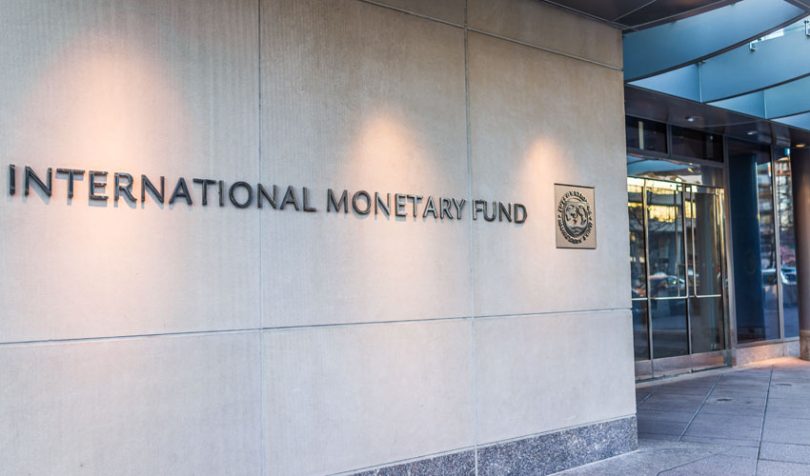on the crypto

A complementary tool
Although most of the report focuses on the pros and cons of a CBDC, as well as the political considerations of a central bank issuing its own digital currency, its main conclusion appears to be that a CBDC should be seen as an additional tool in issuing. currencies or monetary policy, rather than a panacea for any world economy.
"Overall, the document notes that CBDCs do not qualitatively change the economic forces that lead to the international use of currencies, as they are only digital forms of existing fiat currencies, but quantitatively they could strengthen the incentives to replace and internationalize currencies" , says the report. A CBDC is not a viable solution for lackluster economies and will not save nations with high inflation or similar internal problems.
International relations
One of the main advantages of a central bank digital currency is that it is (perhaps obviously) a digital payment system, the report said. Before CBDCs can be issued or adopted, countries should take a look at international treaties governing currency agreements, the report suggests.
"Authorities will also need to assess whether restrictions on payments in CBDCs are consistent with countries' obligations under international and bilateral treaties, including the articles of the IMF agreement," the report said.
Other considerations include the impact of a CBDC on domestic monetary policy. Nations can benefit from issuing their own CBDCs, for example that such instruments would help issuing central banks take advantage of digital payment channels.
Theoretically, CBDCs can also allow central banks to lower policy rates "below the effective lower bound", allowing them to exercise better control over their monetary policy. However, these same facets could create disadvantages.
Private Stablecoin
The report also examined private individuals' plans to launch a stablecoin that would be used internationally and tradable on platforms such as Bitcoin Revolution. The authors speculate that the “Big Techs” could essentially launch their stablecoins by linking them to legal reserves at launch, only to drop them later.
These unsupported global stablecoins (GSCs) would then become something like a stateless currency. Their value could be preserved through Big Tech's commitment to following "a credible set of rules and principles" that act much like a central bank. "
This risk is particularly acute in countries with unstable exchange rates or high inflation. “Furthermore, even in countries with credible policy frameworks, the adoption of GSC could be significant as it could facilitate transactions associated with certain e-commerce or social networking platforms,” he said.
"Platforms may not require the use of GSC but encourage it through incentives (for example, lower prices paid for goods and services on the platform if GSC is used)."
